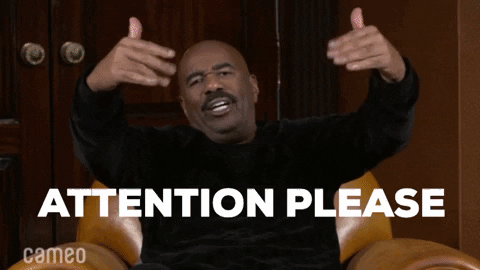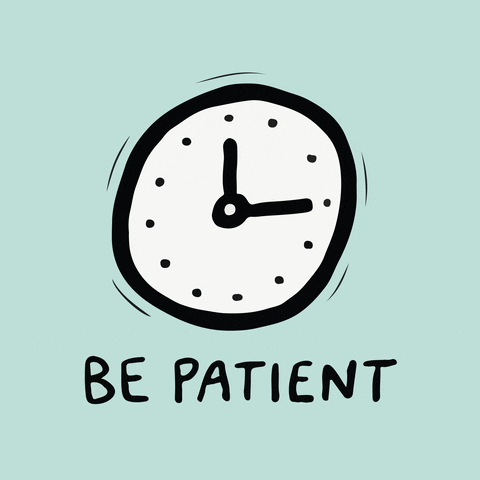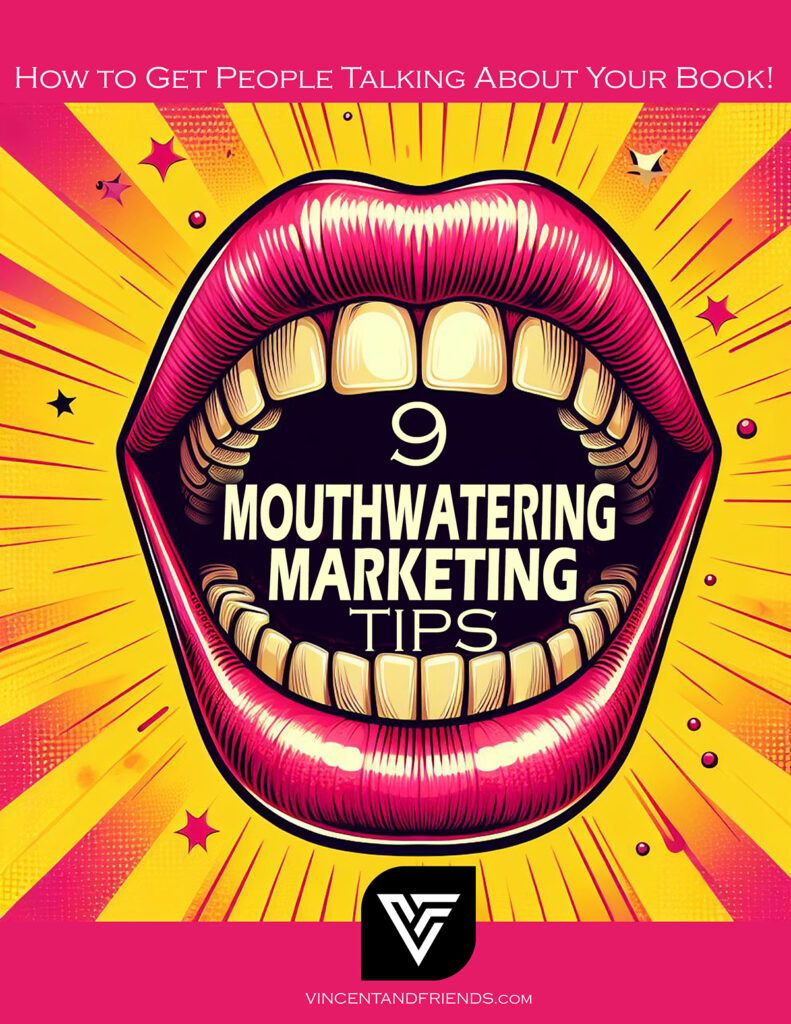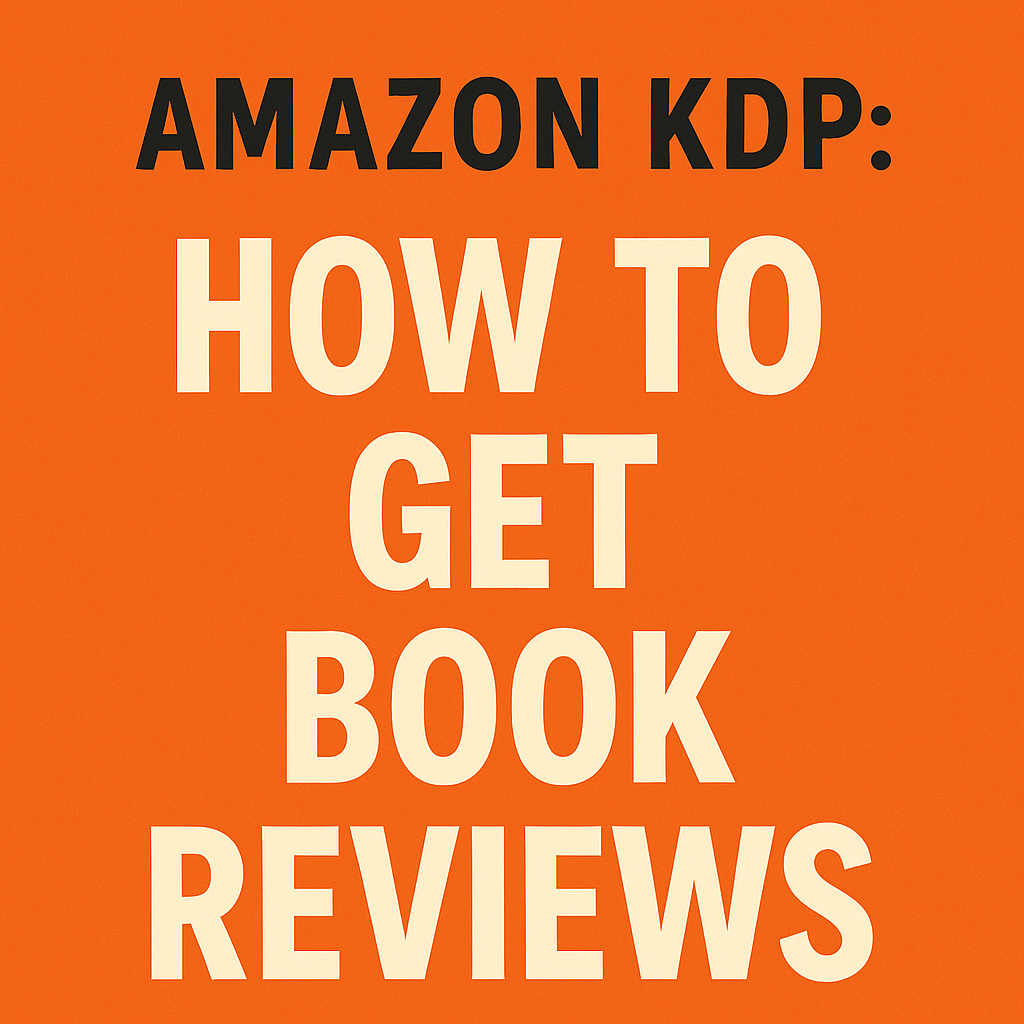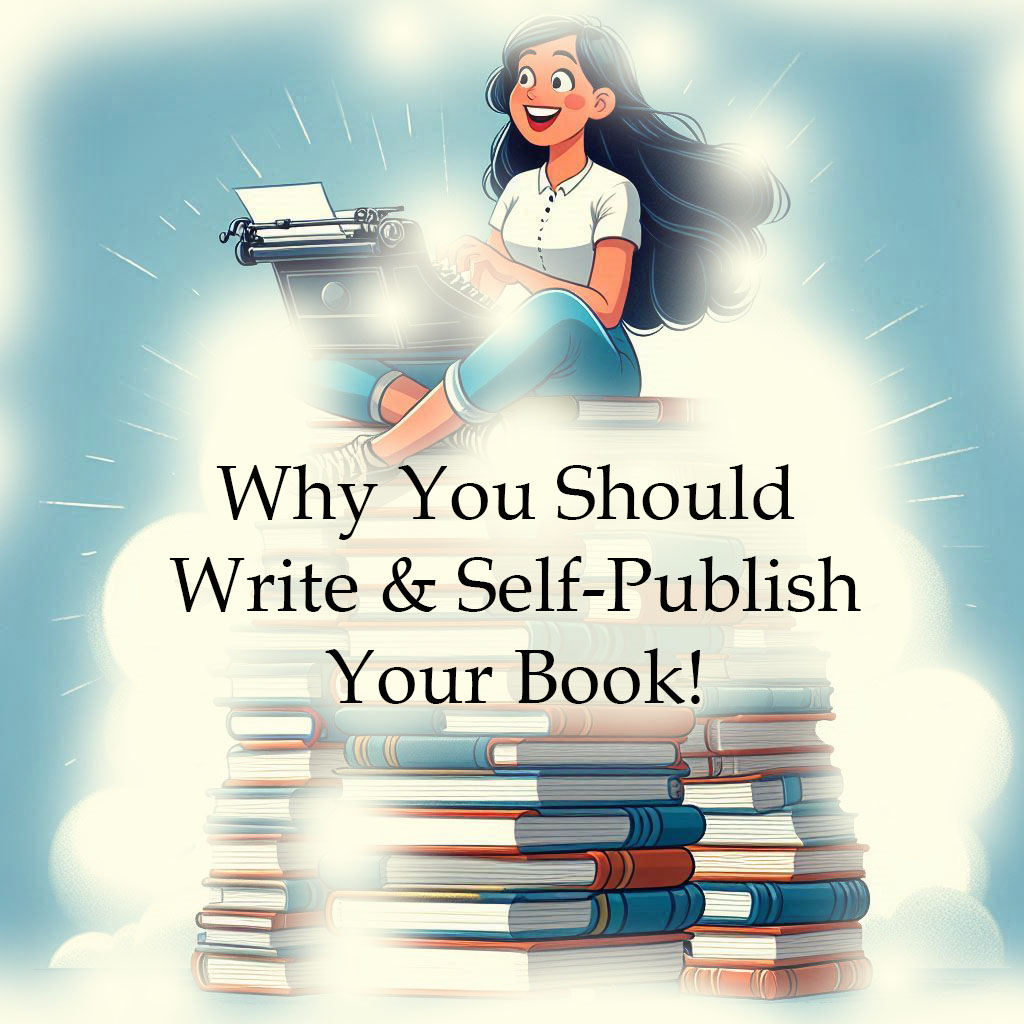In the world of publishing, a query letter can be the golden ticket that opens the door to literary agents and publishers.
It’s a brief, yet critical document that introduces your manuscript and yourself to the gatekeepers of the literary world.
However, the slush pile, where unsolicited query letters often end up, can be a daunting place.
With countless submissions vying for attention, how do you make your query letter stand out?
Here are eight essential steps to get your query letter out of the slush pile and into the hands of an agent or publisher.
Step 1: Research Agents and Publishers
The first step to a successful query letter is knowing your audience. Not every agent or publisher will be the right fit for your manuscript.
Thorough research is vital to identify who is actively seeking submissions in your genre.
Utilize resources such as the Writer’s Market, AgentQuery, and QueryTracker to find potential matches.
Visit their websites, read their submission guidelines carefully, and note any specific preferences they might have.
Tailor Your Query:
Customize your query letter for each recipient. Mention why you chose to query them specifically, referencing their past work or stated interests.
This demonstrates that you have done your homework and are genuinely interested in working with them.
Step 2: Craft a Compelling Hook
The opening of your query letter is crucial. You need to grab the reader’s attention from the very first sentence.
The hook should be a concise, intriguing summary of your book that leaves the reader wanting more.
Think of it as the elevator pitch for your manuscript.
Focus on Conflict and Stakes:
Highlight the central conflict and what’s at stake for your protagonist.
This not only piques interest but also gives a clear idea of the narrative’s driving force.
Avoid vague descriptions and ensure that your hook is specific and engaging.
Step 3: Write a Clear and Concise Synopsis
Following the hook, provide a brief synopsis of your manuscript.
This should be a succinct summary that covers the main plot points without delving into excessive detail.
Aim to cover the setup, the main conflict, and the resolution in a clear and engaging manner.
Keep it Short:
Agents and publishers are pressed for time, so keep your synopsis to one or two paragraphs.
Focus on the core of your story and avoid subplots or secondary characters unless they are crucial to understanding the main narrative.
Step 4: Highlight Your Credentials
In addition to your manuscript, agents and publishers are interested in the author behind the work.
Use a brief paragraph to introduce yourself and your qualifications.
Mention any relevant writing experience, previous publications, or memberships in writing organizations.
Be Relevant and Professional:
Focus on credentials that are pertinent to writing and publishing.
Avoid listing unrelated achievements or personal details that do not contribute to your credibility as an author.
If you have no prior publications, emphasize your commitment to writing and any steps you’ve taken to hone your craft.
Step 5: Follow Submission Guidelines Meticulously
Each agent and publisher has specific submission guidelines, and adhering to these is non-negotiable.
Failure to follow these guidelines can result in your query being discarded without consideration.
Pay Attention to Details:
Guidelines can vary widely, from the required length of the query letter to the format in which it should be submitted (email, online form, etc.).
Some may request additional materials such as sample chapters or a synopsis.
Ensure you comply with all requirements to the letter.
Step 6: Edit and Proofread
A query letter with spelling mistakes, grammatical errors, or typos can create a negative impression.
Before sending out your query, make sure it is polished and error-free.
Use Multiple Proofreaders:
In addition to self-editing, ask friends, writing group members, or professional editors to review your letter.
Fresh eyes can catch mistakes you might have overlooked and provide valuable feedback on clarity and effectiveness.
Step 7: Personalize Your Closing
The closing of your query letter is your final opportunity to leave a positive impression.
Be polite and professional, expressing your enthusiasm for the possibility of working with the agent or publisher.
Include a Call to Action:
Politely suggest what the next steps might be, such as requesting the full manuscript.
Thank the recipient for their time and consideration, and provide your contact information.
Step 8: Be Patient and Persistent
The query process can be lengthy and often involves rejection. It’s important to remain patient and not get discouraged.
Keep track of your submissions and follow up after a reasonable period if you haven’t received a response.
Keep Improving:
Use any feedback you receive to refine your query letter.
Continue writing and improving your craft while waiting for responses.
Persistence is key; many successful authors faced numerous rejections before finding the right agent or publisher.
Navigating the slush pile is a challenging but essential step in the journey to getting published.
By thoroughly researching your targets, crafting a compelling and error-free query letter, and demonstrating professionalism and persistence, you significantly increase your chances of catching the attention of an agent or publisher.
Each step is an opportunity to showcase your manuscript and yourself in the best possible light, turning the daunting task of querying into a strategic and manageable process.
Need Help With Your Book Cover or Literary Packaging?
Looking to bring your ideas to life with captivating storytelling and imaginative flair?
Whether you need compelling copywriting, engaging written, visual or video content creation, or literary packaging that stands out, I’m here to help.
Let’s collaborate to turn your vision into reality. Reach out today to discuss your project and let’s embark on a journey of creativity together!



